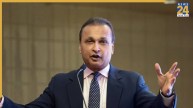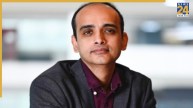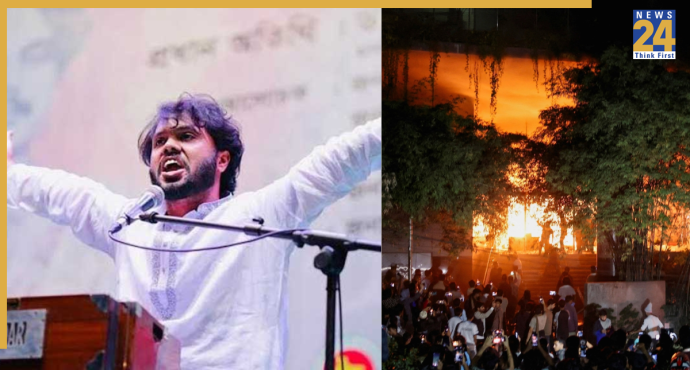New Delhi: Prime Minister Narendra Modi on Thursday said that India is emerging as a flattering platform for the semiconductor industry. The nation’s PM further added that the union government has recognized 300 and above colleges. At per cent, the industry is providing job opportunities in abundance; with around 8,000 job profiles across various levels.
The colleges will be providing specialised semiconductor courses. India will facilitate more than 1 lakh semiconductor design engineers in the upcoming five years.
According to the data, most of the portion of the available positions (approximately 60-80 per cent) lies in the entry-level category. Specifically, the roles offered are often taken by fresh graduates or individuals with very little work experience in the industry.
Beginner job vacancies may include roles like semiconductor technician, junior engineer, or production operator.
On the contrary, nearly 15-20 per cent of jobs lies in the mid-level category; which requires a higher level of specialisation and experience, in comparison to entry-level profiles. Designations falling into the mid-level category generally includes semiconductor design engineer, process engineer or quality control specialist.
At the upper level, around 10-20 per cent of jobs include designations like senior design architect, research scientist or managerial positions.
Scope of upcoming opportunities
The chip-making industry is vast and resource-intensive, which requires proficient workers at each level; starting from chip design and manufacturing to testing and packaging.
Industry experts have to say that if India manages to cater for its target right, it can come out as a leader in providing semiconductor talent to the world.
There is a huge chunk of opportunities present in the semiconductor industry such as design, manufacturing, training and skilling, and supply chain management.
A few more job opportunities which add up to the list are chemicals and material engineering, packaging, testing and logistics, which are estimated to rise in the next two to five years.
(Written by- Mahek Nigam
Edited by- Mayank Kasyap)












